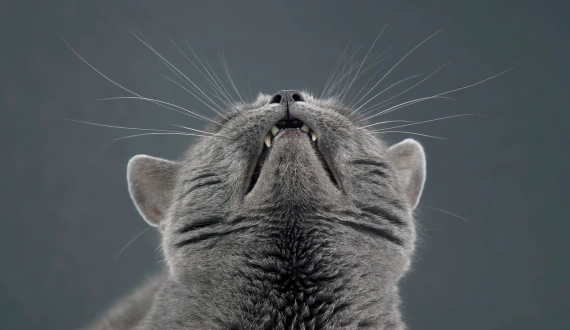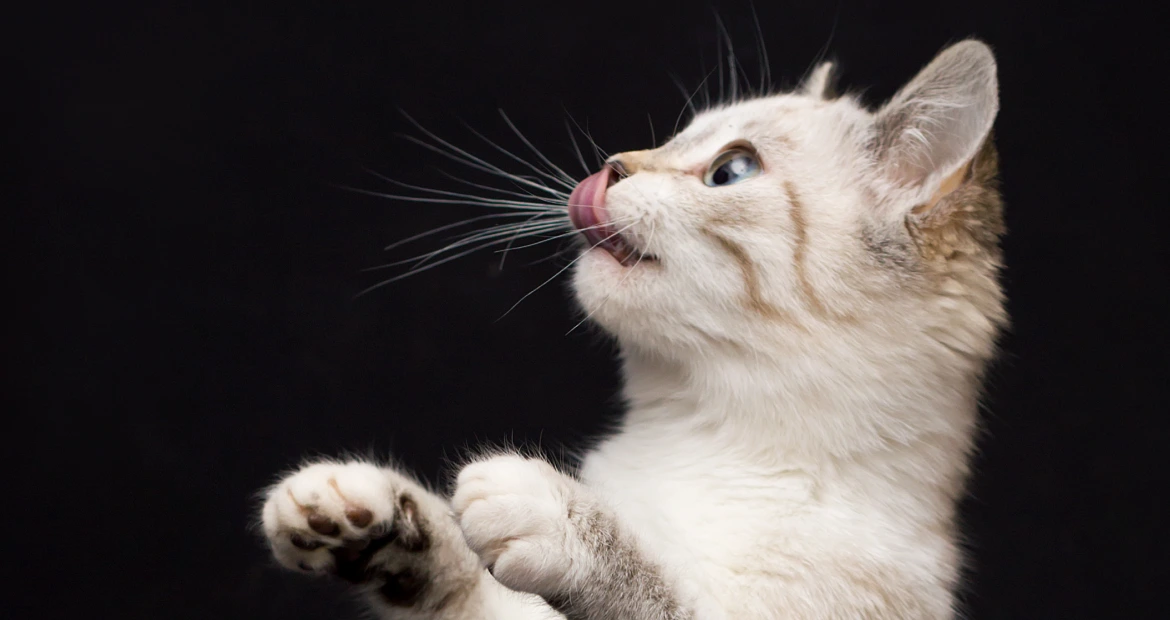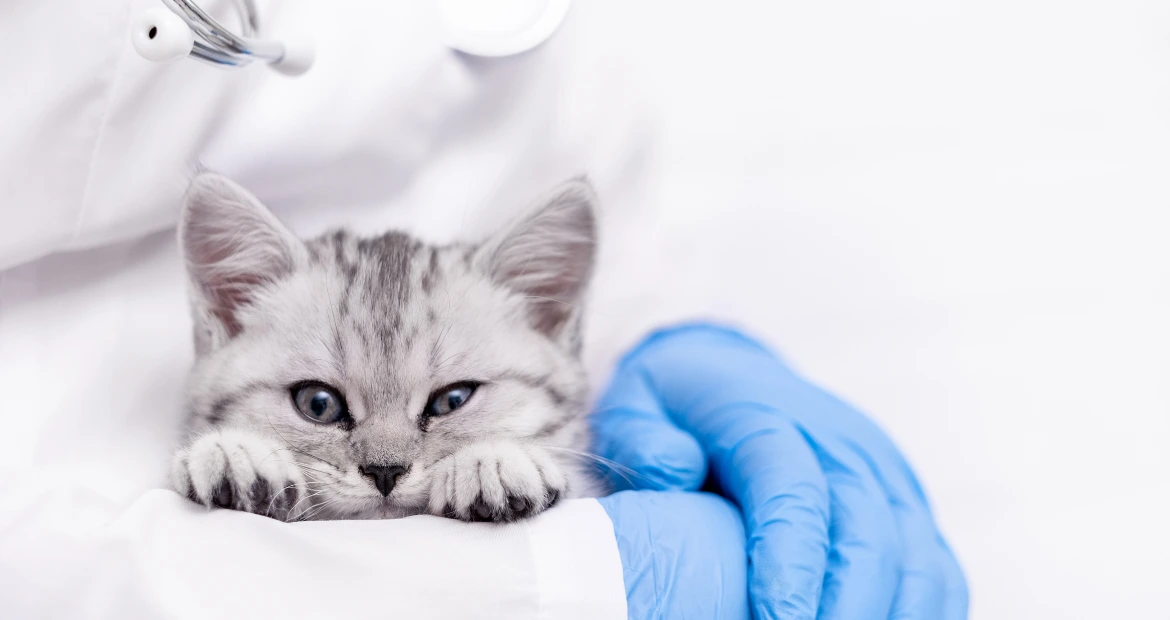Why would a cat need whiskers?

A cat's whiskers are unusually strong and flexible, and they develop and fall out naturally. As a general rule, whiskers are fairly straight. But some cats, especially Cornish Rex breeds, can have curly whiskers. Even if the vibrissae look funny, never trim them!
Cats who have their whiskers trimmed lose the necessary sensory defense. Keep in mind that sensitive hairs on the entire body—not just the head—are at issue. It can take up to three months for the vibrissae to grow back again
Whiskers are called vibrissae. These are extremely sensitive tactile hairs that grow on the head, back, ears, and paws of cats.
Have you ever seen white whiskers on black cats? Look closely, those long white hairs don't just grow on the cheeks and near the nose.


Location of vibrissae
The main part of the whiskers is located on the chin, cheeks, around the eyes and near the mouth¹. Cats have carpal whiskers. They are located on the back of the cat's paws.
The tactile hairs sit high above the cat's fur due to their stiffness. Each one is a follicle and a blood-filled sinus to which the main nerve is attached. The slightest fluctuation affects the sinuses and stimulates the nerves, and the information is transmitted to the brain.

Functions of whiskers
- Whiskers perform an essential tactile function. By brushing its whiskers against an object, the cat can determine its location, size and shape even in the dark.
A cat, being completely blind, can navigate perfectly well even in a new space and not bump into objects precisely thanks to its vibrissae.
- The whiskers point toward the moving object during hunting. The cat uses its whiskers to estimate the prey's speed and distance to its target. You may notice that your cat's whiskers tip toward the toy while you play with it. Vibrissae on the front paws alert the cat to the presence of prey in its claws - is the mouse alive or has it escaped?
- Cat's vibrissae are about as wide as its body, allowing it to determine if it can walk through a narrow hallway or climb into a small crevice.
- Whiskers also detect changes in air currents, helping cats avoid colliding with an object.
- Cats may use their whiskers to check the temperature of their food and avoid getting burned if it is too hot.
- Above the cat's eyes are eyebrows-vibrissae, which have a protective function. Imagine your little hunter stalking its prey at night through dense thickets - if its whiskers come in contact with a branch, it will close its eyes and avoid injury.
- Cats can use their whiskers to communicate with other cats and people. The variation in the position of the whiskers can convey many messages, such as playfulness, perplexity, or anger.

It's about the bowl
There is an unusual condition associated with vibrissae called whiskers fatigue². It is caused by excessive stimulation of the sensitive system when eating and drinking from narrow, deep bowls. Cats move their vibrissae during feeding, and they can become distressed.
Refusing to consume food and liquids from a familiar bowl is the most common symptom of whisker fatigue in cats. In addition, the cat might retrieve food with its paw to avoid dropping its head into the bowl.
In this case, it is better to replace cat bowls for food and water with shallower ones - wide and flat, with low sides.

What else is worth paying attention to
Whiskers can say a lot about a cat's mood.
A cat's whiskers point forward when it is playing or interested in something. Backward whiskers suggest a protective posture and potential hostility. If the cat exhibits side-swept whiskers along with pinned ears, squinting eyes, and lethargy, it could be experiencing pain.
Generally speaking, whiskers play a significant role in a cat's sensory system, which enables it to successfully perform a variety of tasks and engage with its environment.

Why you can't trim a cat's whiskers
Кошачьи усы необычайно крепкие и гибкие, они растут и выпадают естественным путем. Как правило, усы довольно прямые. Но некоторые кошки, особенно породы корниш-рекс, могут иметь кудрявые усы. Даже если вибриссы выглядят смешно, никогда не стригите их!
Подстригание усов лишает кошек сенсорной защиты, в которой они нуждаются. Помните, что речь идет о чувствительных волосках не только на мордочке, но и по всему телу. Для того, чтобы вибриссы снова отросли, может потребоваться до трех месяцев
Veterinarians do not recommend cats' whiskers be pulled or trimmed. Since your cat's whiskers are one of its sensory systems, losing them would be equivalent to losing your ability to see, hear, smell, touch, or taste. A cat that is completely devoid of whiskers may exhibit disorientation and confusion.
A kitten's whiskers should ultimately regrow if they are removed for whatever reason. On the other hand, hair may not regrow at all or may not do so adequately if the vibrissa root is injured. In addition, trimming the vibrissae under the root, and especially pulling them out is an extremely painful and unpleasant process.

Why whiskers don't grow well or fall out
Delayed whisker growth or whisker loss can be caused by damaged hair follicles, disease and unbalanced feeding.
The main causes of whisker loss:
- dryness of air;
- allergies: When a cat has extreme itching, they may pull out their vibrissae along with their fur. Flea saliva, atopic dermatitis, or particular foods might trigger an allergic reaction in cats.
- infectious lesions on the skin.
A visit to a veterinarian is necessary if whiskers are breaking or coming out in bunches.
[1] Hanlon, Peter. “Why a Cat's Whiskers Are the Bee's Knees.” Pursuit, The University of Melbourne, 21 Mar. 2022
[2] “Evaluation of Whisker Stress in Cats.” EveryCat Health Foundation, 22 Dec. 2020



